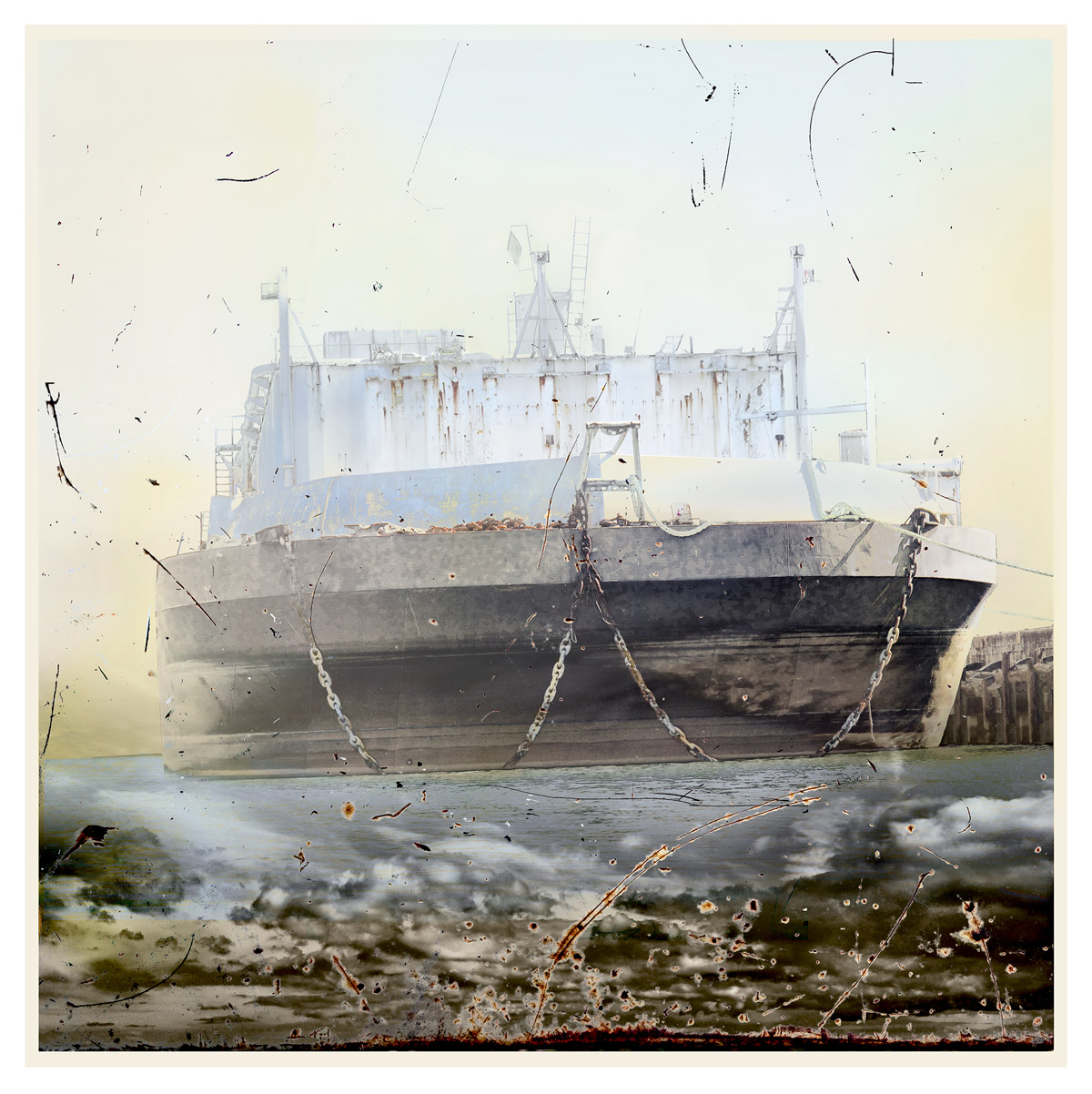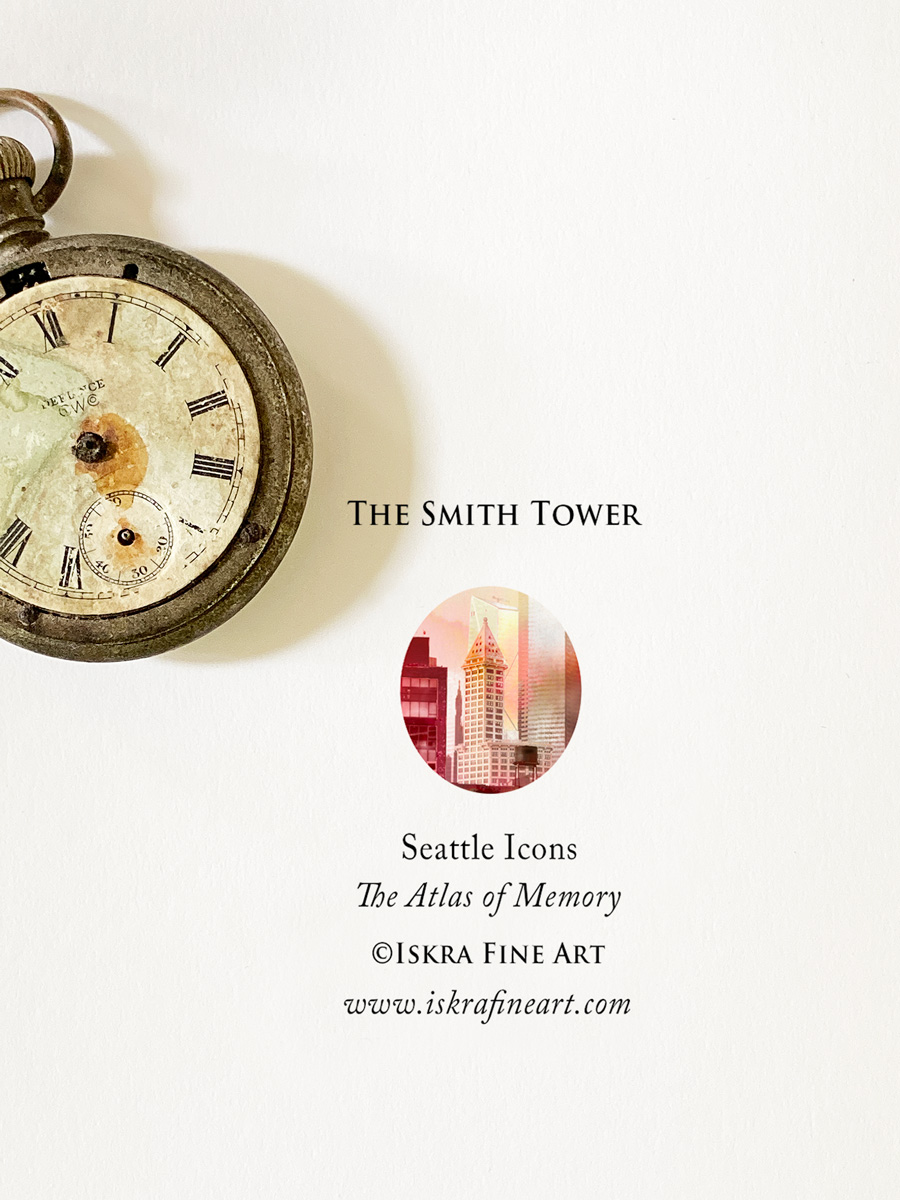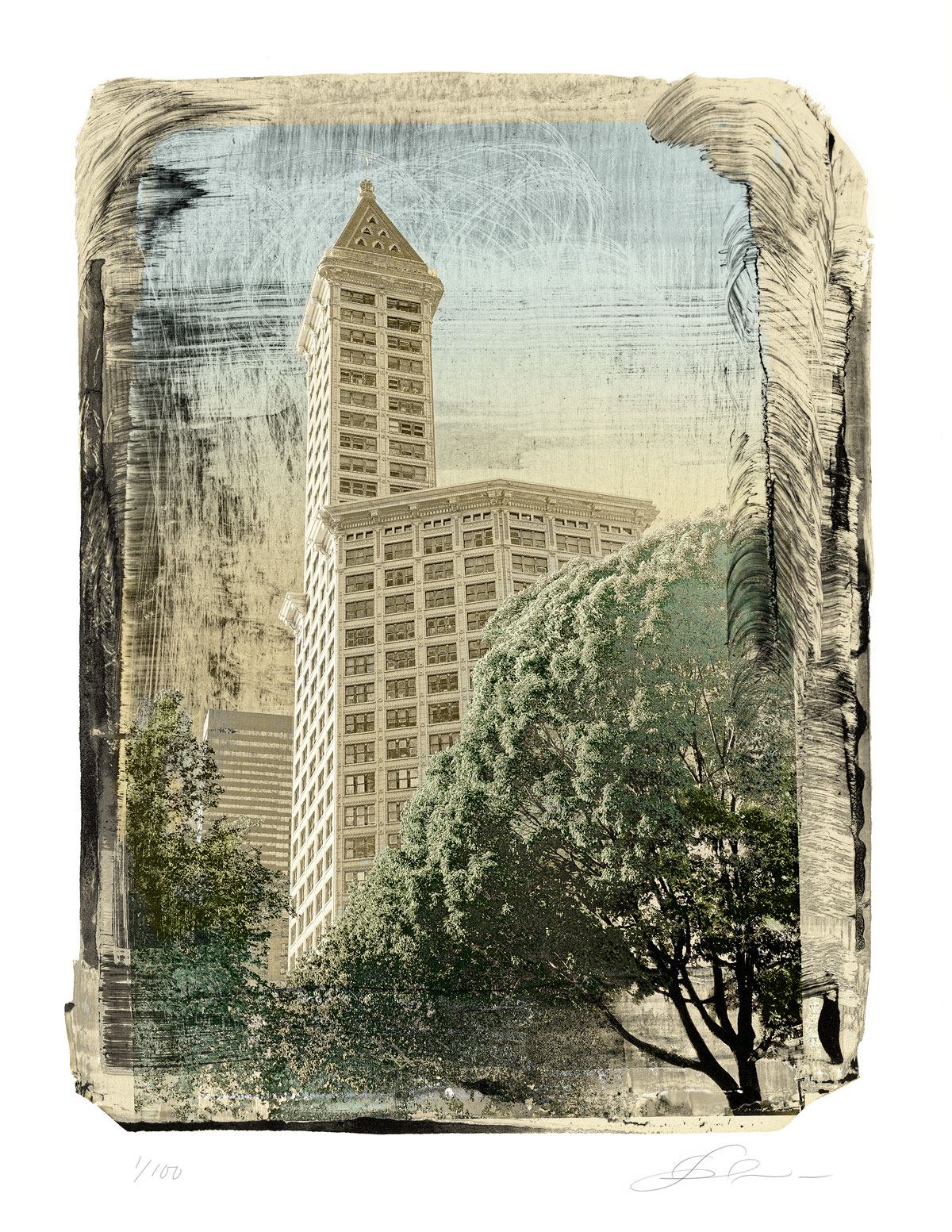
Vanishing Seattle Comes to Bumbershoot!




For the past few months I have been working on a series of prints and stationery brought to you by a new (somewhat fictional) entity called The Atlas of Memory. The Atlas is a repository for images of Seattle’s landmark buildings, parks, and iconic wonders that hold an enduring sense of place. You could say the Atlas is where I live and where I would like more people to dwell with me: in appreciation for the history of Seattle as a frontier town with all of its ungainly aspirations for the culture and grandeur of Europe and “The East” (ie. Chicago and New York.)
What remains of Seattle’s historic legacy is vanishingly small, and all the more important to preserve. My hope is that this series of works, which will eventually number a dozen or more, will encourage enthusiasts of rapid change and the transformation of Seattle into AnywhereUSA to pause, sit down on a bench or a boulder and just look. See what’s here. Study the history of this little outpost at the edge of the world. Think about how change might be accommodated in a way that does not just erase, but that brings history forward, maintaining the best of design and artisanship that created treasures like The Fox Theater (Music Hall), demolished in spite of years of preservationist efforts, in 1992.
My subjects will range from official landmarks like the the Volunteer Park Conservatory to the oversized kitsch of 1950’s signage to the left-over furniture of the World’s Fair. I take the Space Needle personally. It’s where my 6th grade class went, at graduation, for its first formal dinner. I wore green tennis shoes and a purple Nehru ensemble with pleated skirt. Some kid named Bob picked up chicken with sauce on it with his hands and ate it like a drumstick at a picnic. Hashtags had not yet been invented, but it was #etiquettefail. As I mentioned above, Seattle began as a frontier town . . .
